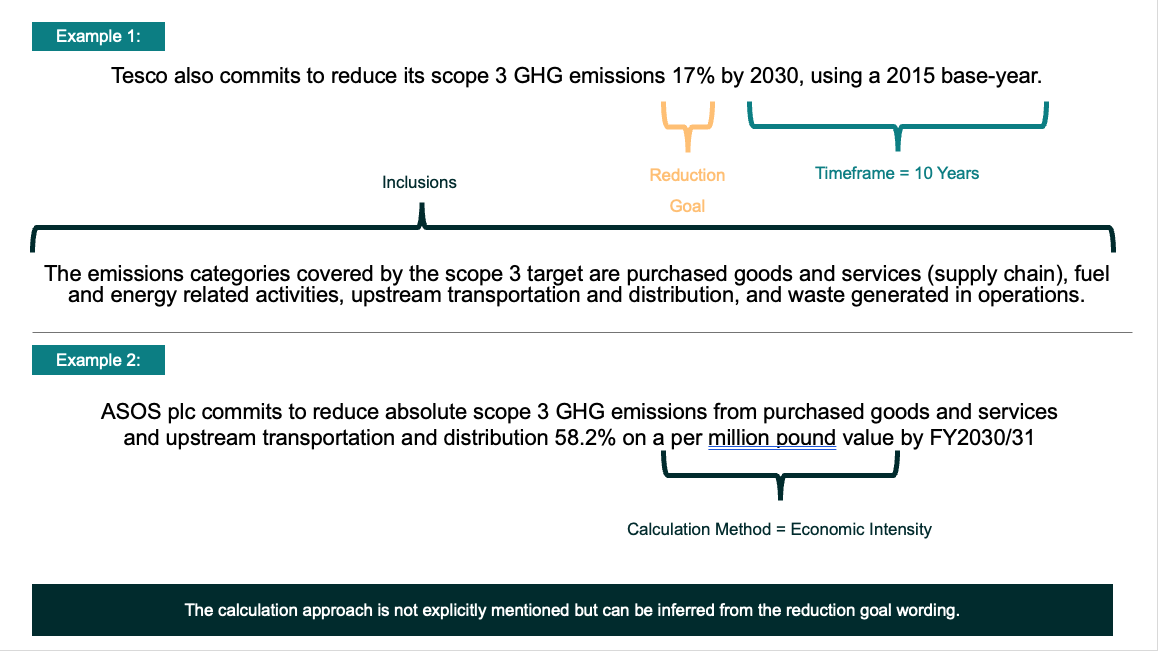When you set Science Based Targets there are four key elements to the target. This primer will break down the main concepts you need to know for setting Scope 1 & 2 targets.
Write your awesome label here.
Where do I start?
1. Target Type
2. Timeframe
3. Measurement Method
4. Reduction Goal
Bringing it Together

